

Eve's design has ignited debates and discussions surrounding beauty standards, representation, and cultural influences within the gaming industry.
The evolution of female character representation in Western games is a multifaceted phenomenon shaped by a myriad of influences, from industry trends to cultural shifts. As we delve deeper into the reasons behind the perceived decline in attractiveness of female characters compared to their Japanese counterparts, it's crucial to examine the broader context in which these changes occur.
Character design plays a pivotal role in shaping player experiences and perceptions. One character that has recently sparked significant controversy is Eve, the central figure in the game Stellar Blade. Eve's design has ignited debates and discussions surrounding beauty standards, representation, and cultural influences within the gaming industry.
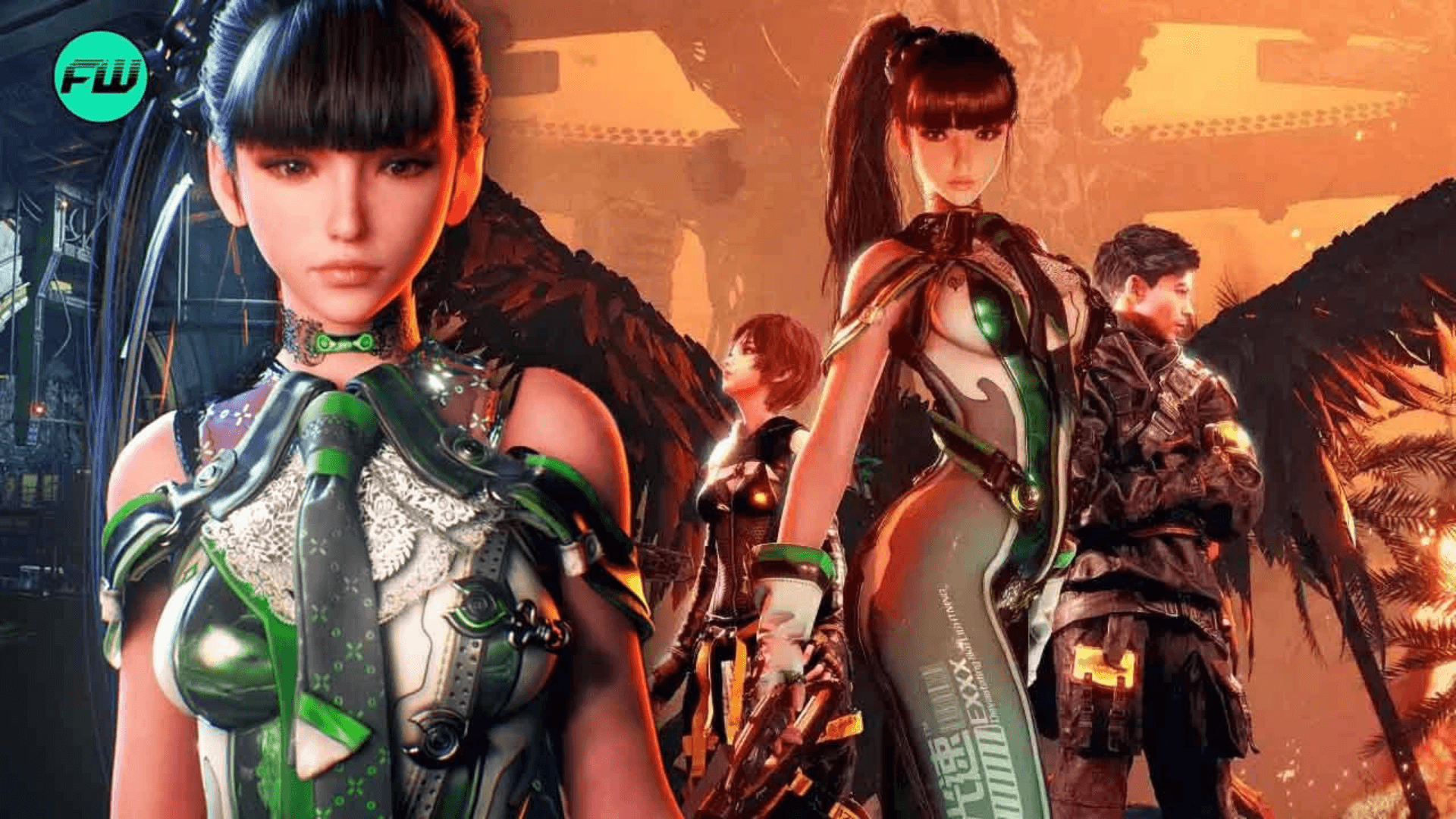
Stellar Blade marks a significant milestone for Shift Up, a South Korean publisher venturing into the realm of major gaming releases. Previously renowned for their success in mobile gaming with titles like Goddess of Victory and Destiny Child, Shift Up brings a wealth of experience and a fresh Triple-A crew to their latest project, Stellar Blade. Notably, their past endeavors garnered attention for their inclusion of sexy anime characters and engaging Gacha microtransactions, solidifying their presence in the gaming industry.
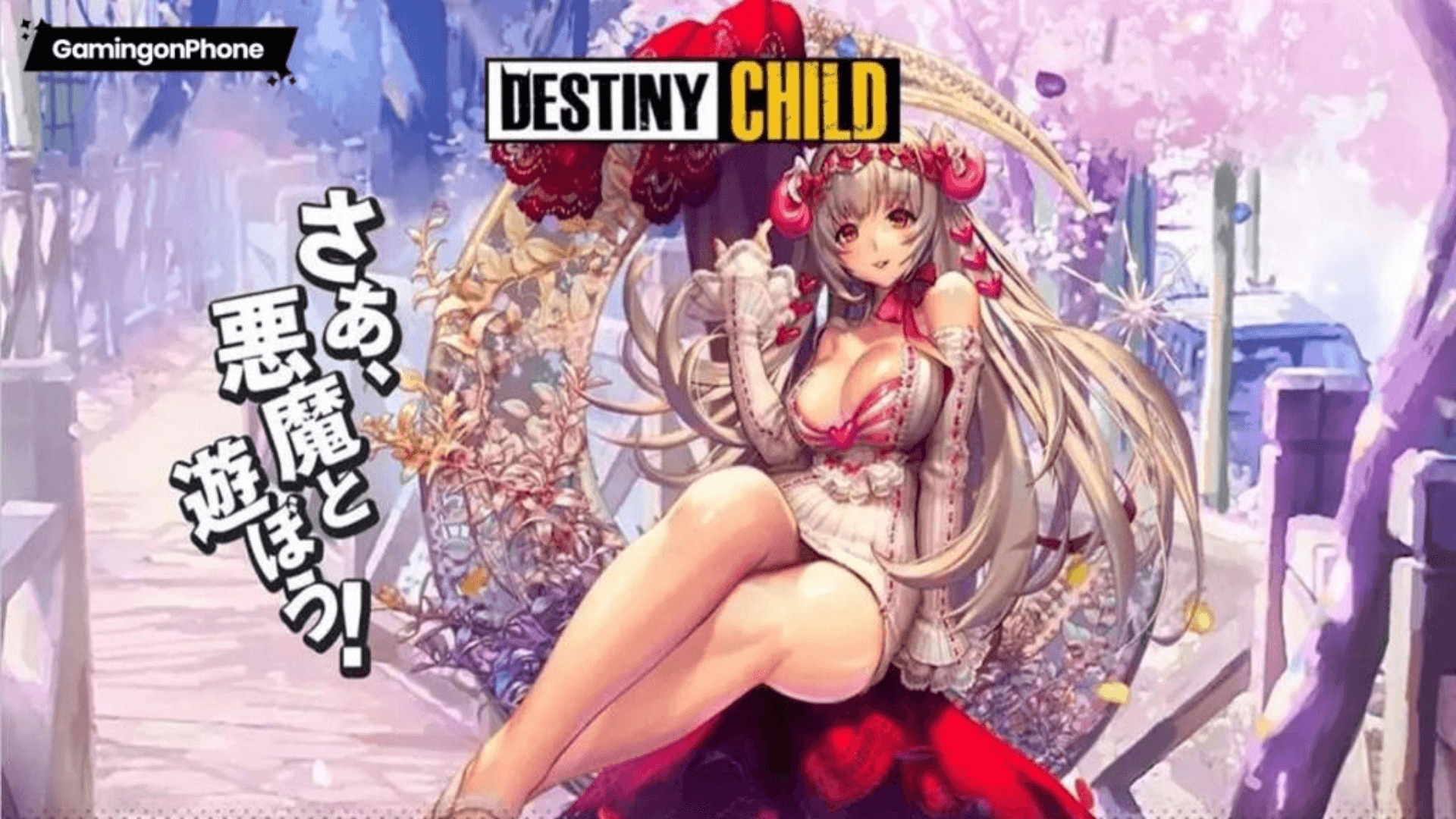
For Shift Up, the decision to continue the trend of incorporating attractive characters into their games, particularly evident in Stellar Blade's protagonist, Eve, is strategic and intentional. Director Hyung-Tae Kim's emphasis on Eve's aesthetics, especially her visually striking back, reflects the studio's commitment to delivering visually stunning experiences to players. Kim's assertion that players often see characters from behind during gameplay underscores the importance of Eve's design in enhancing player immersion and enjoyment.
Moreover, Shift Up's choice to base Eve's appearance on a South Korean model speaks to their desire to create a character with universal appeal, one that embodies the epitome of attractiveness. In an industry where player engagement is paramount, Shift Up recognizes the significance of providing players with aesthetically pleasing characters to interact with.
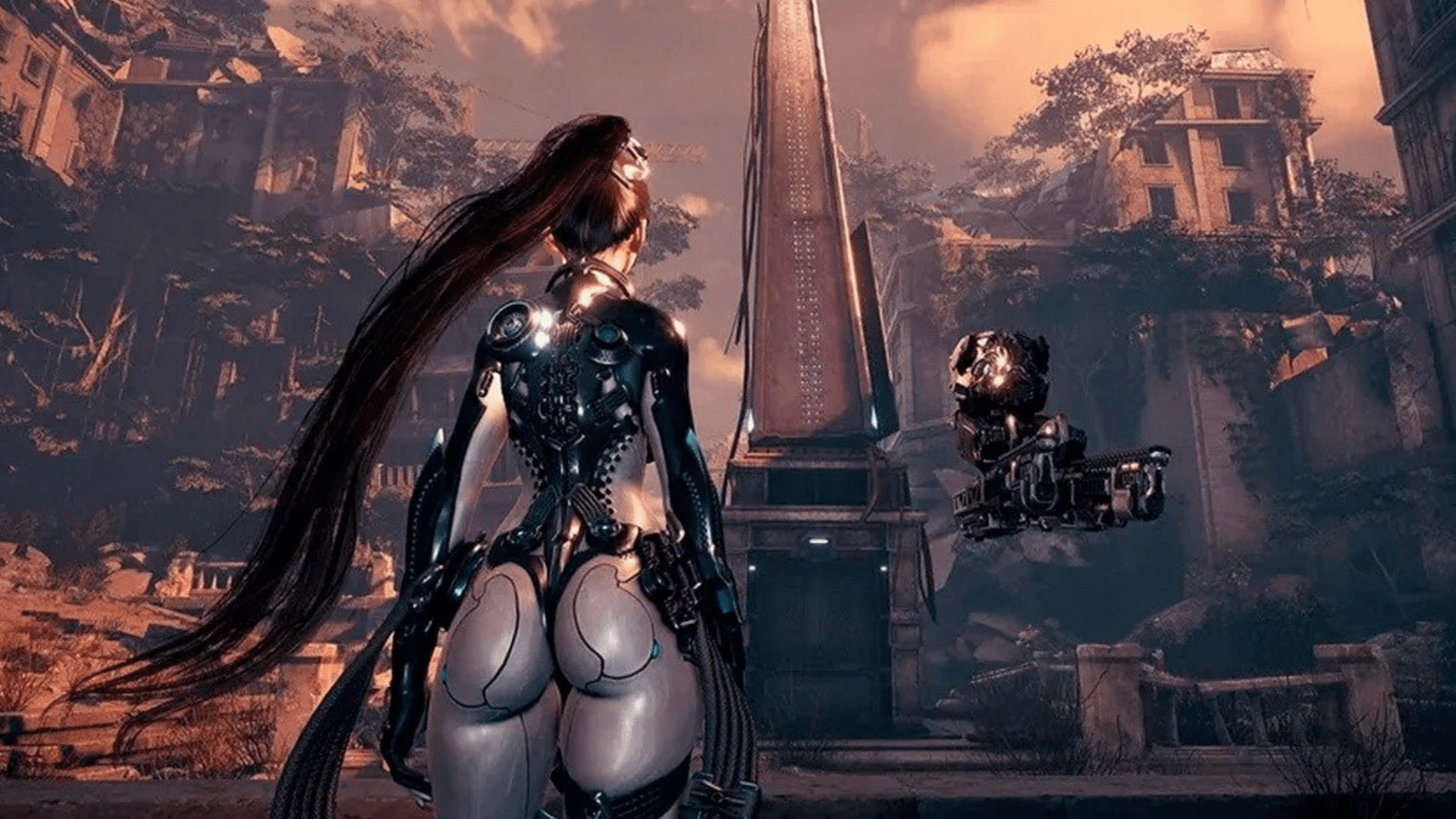
Eve's design sparks controversy due to several factors. Firstly, her highly sexualized appearance, particularly her youthful facial features juxtaposed with a mature physique, has drawn criticism for perpetuating unrealistic beauty standards and catering to the male gaze. Additionally, the comments made by Stellar Blade's director, Hyung-Tae Kim, about focusing on Eve's backside and creating the most attractive body for players, have fueled concerns about the sexualization of female characters in video games. This divisive reaction has ignited a debate within the gaming community about the portrayal of female characters and the impact of such designs on gaming culture.
From a consumer perspective, the demand for attractive characters in gaming is palpable. Players invest not only their time but also their money into gaming experiences, expecting a level of visual appeal commensurate with their investment. Shift Up's understanding of this consumer expectation is evident in their decision to prioritize Eve's attractiveness in Stellar Blade. By catering to the desires of their player base, Shift Up ensures that their game remains competitive in a crowded market and retains its appeal to potential customers.
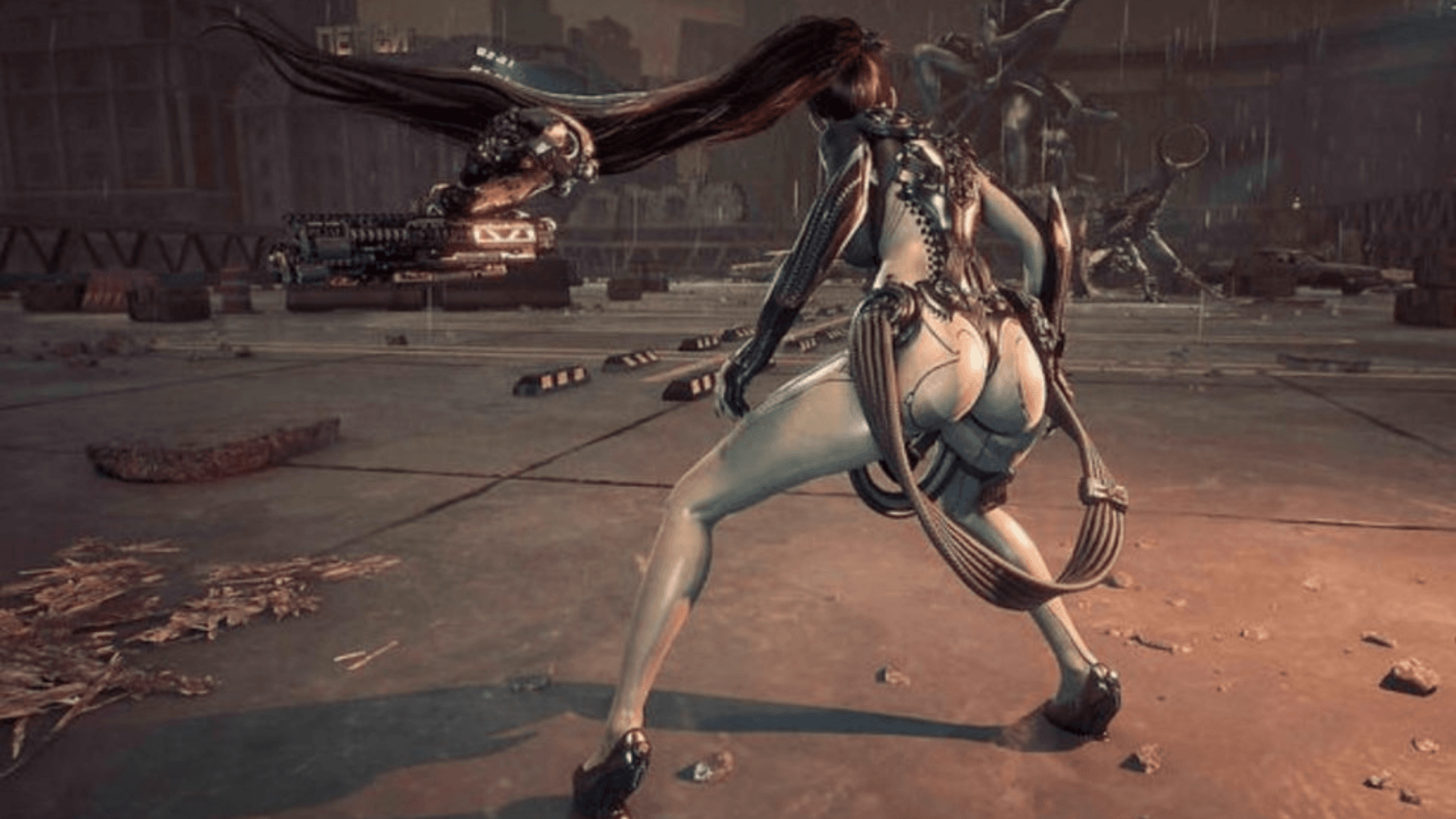
One significant factor driving the shift in female character representation is the growing emphasis on diversity and inclusivity within the gaming industry. With an increasing recognition of the need to represent a wide range of identities and experiences, developers are exploring new avenues for character design that challenge traditional beauty standards. This push for diversity reflects a broader societal shift towards inclusivity and acceptance of marginalized voices within media and entertainment.
The diversity of beauty in gaming can indeed be influenced by social movements such as "woke" culture and initiatives from companies like Sweet Baby Inc. These movements and companies may advocate for greater inclusivity, representation, and diversity in character design, including portraying a wider range of body types, ethnicities, genders, and identities. By promoting awareness of social issues and advocating for more diverse representations in gaming, they can contribute to a richer and more inclusive gaming experience for players of all backgrounds.
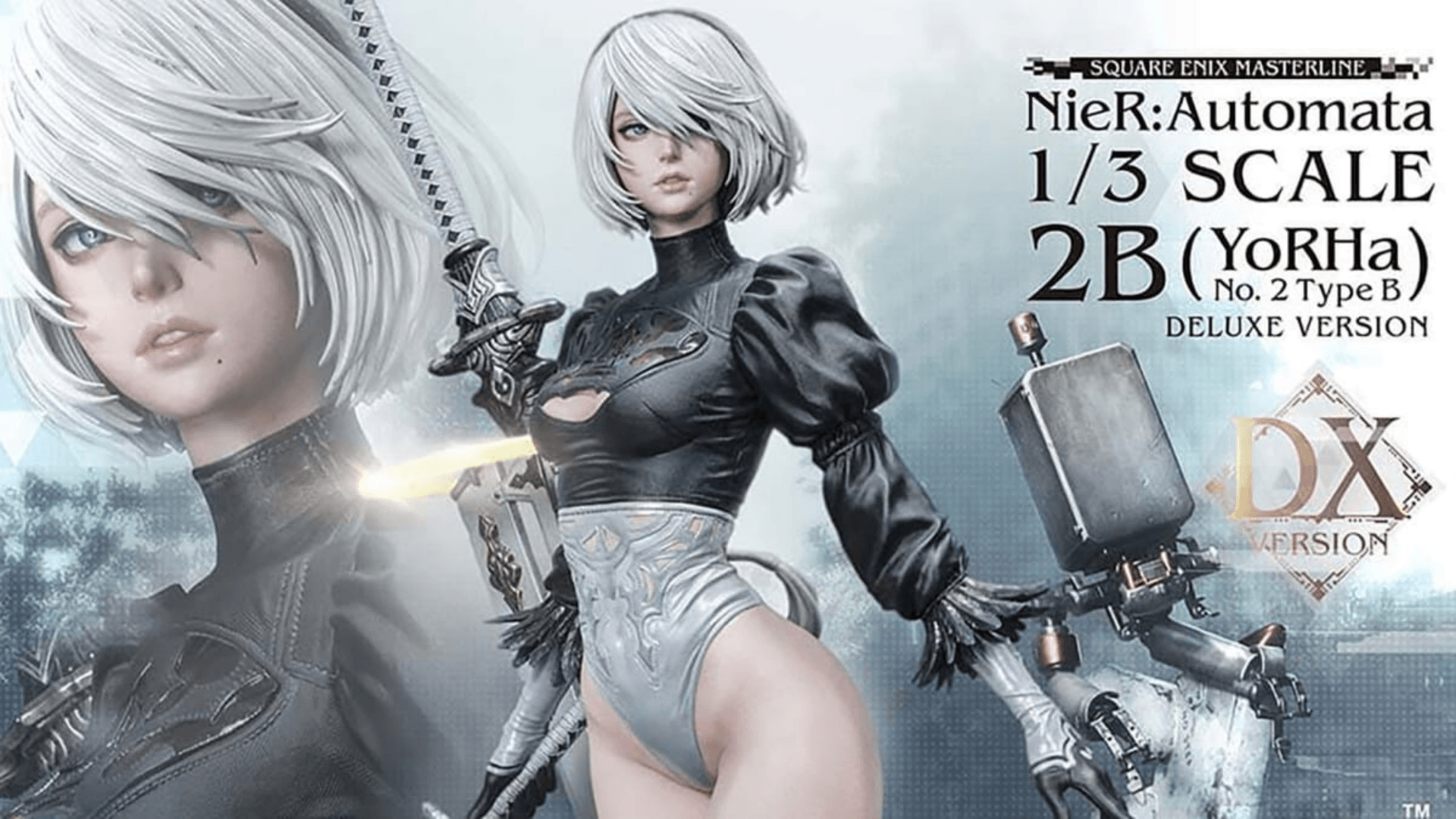
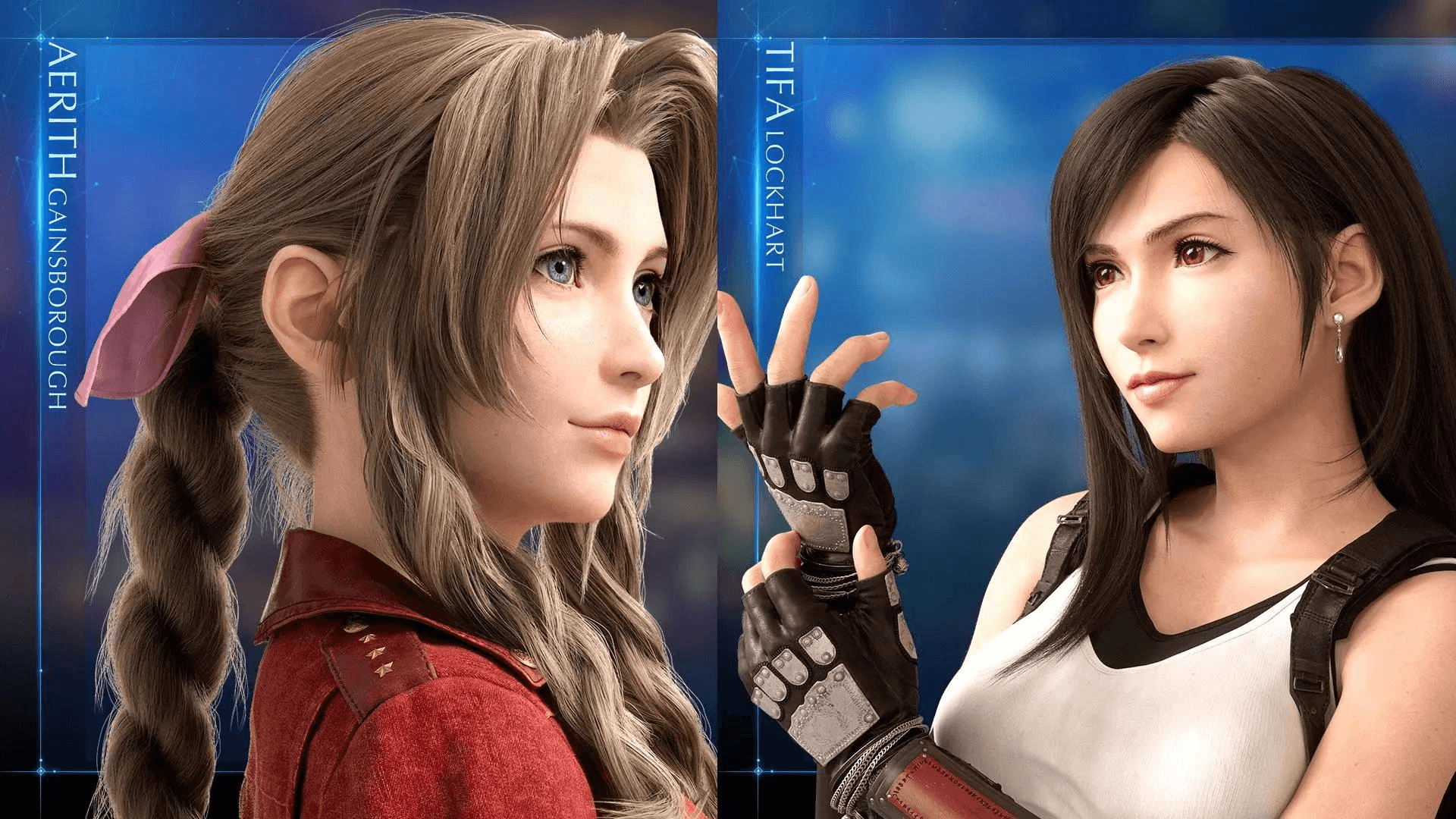
In contrast to Eastern gaming, where character designs often feature exaggerated aesthetics influenced by anime and manga, Western gaming tends to prioritize realism and authenticity. Female characters in Western games are often depicted with more subdued features and attire, reflecting a desire for relatability and inclusivity. The differences between Eastern and Western character designs underscore the diverse cultural influences shaping the gaming landscape and the varying expectations of players worldwide.
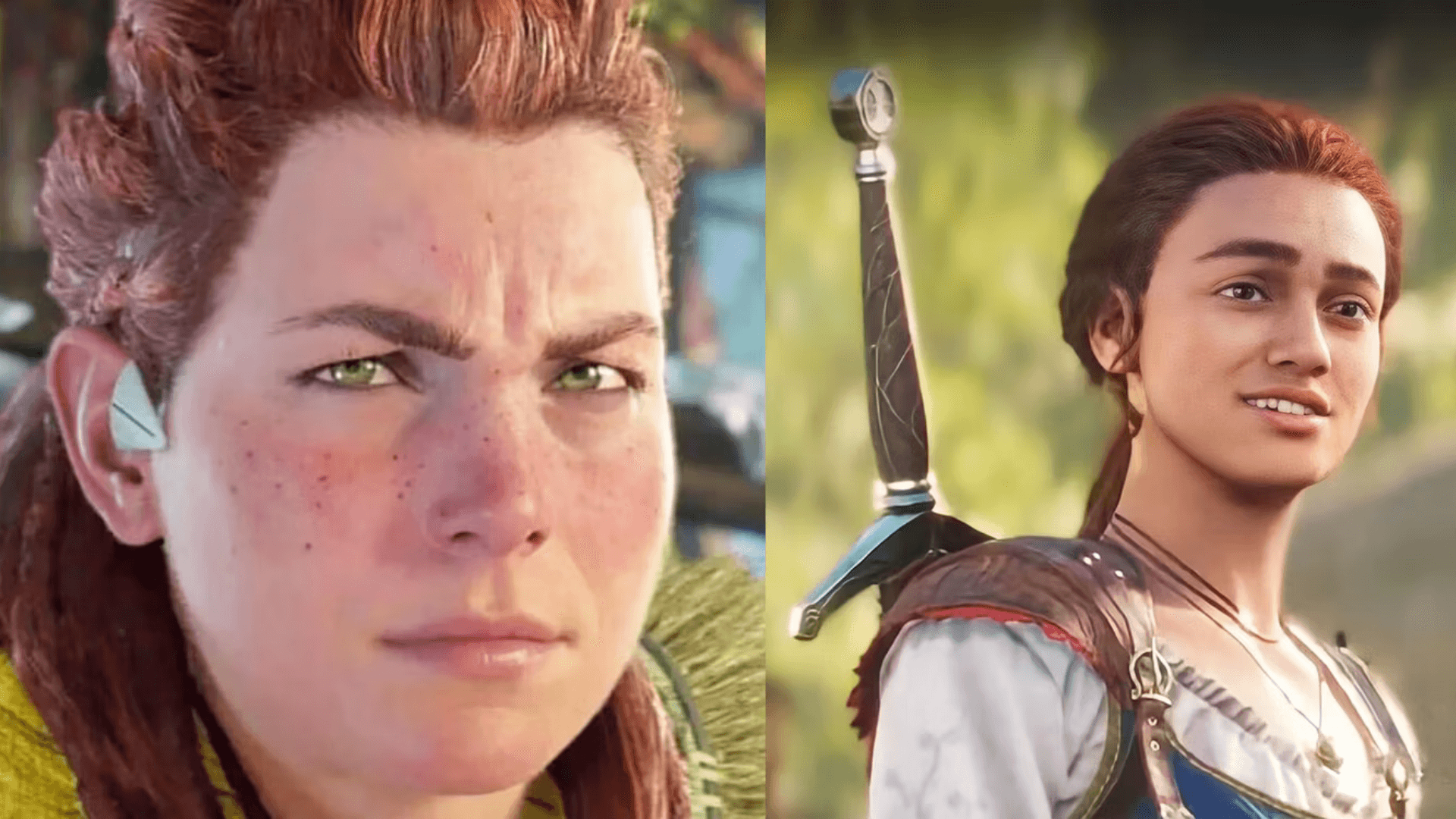
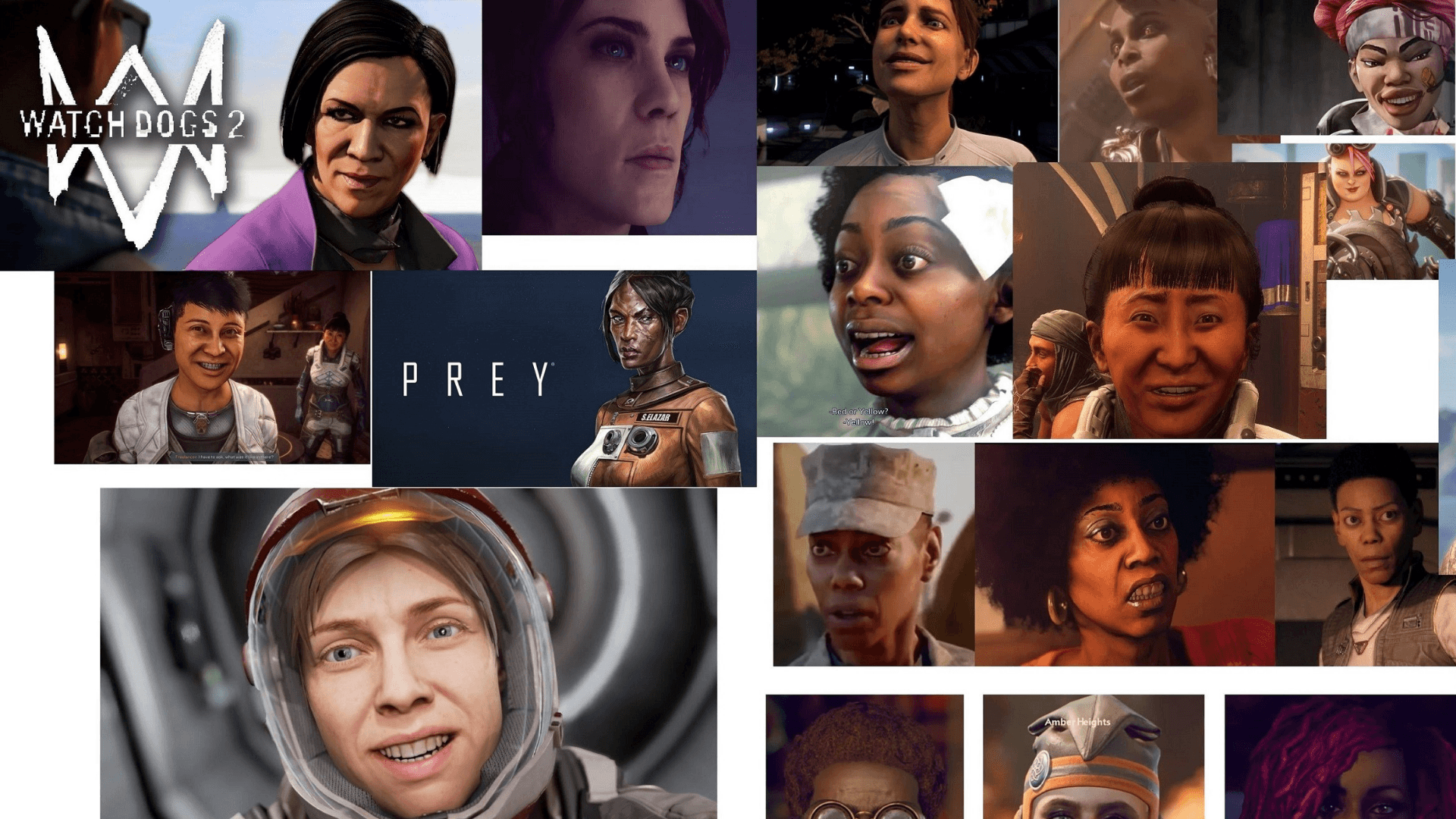
However, the pursuit of diversity in character representation is not without its challenges. Critics argue that in the quest for inclusivity, some developers may inadvertently veer towards portraying female characters as less conventionally attractive. While the intention may be to promote body positivity and celebrate diverse body types, there's a risk of perpetuating stereotypes or reinforcing negative perceptions of beauty.
Moreover, the concept of body positivity itself is subject to interpretation and debate within the gaming community. While some view it as a progressive movement that champions inclusivity and self-acceptance, others question its implications for character design. The portrayal of larger-bodied, muscular, or otherwise unconventional characters is often met with skepticism, with some players feeling alienated or disconnected from these representations.
In contrast, male character designs in gaming have historically been characterized by exaggerated physiques and idealized features. These depictions, rooted in traditional ideals of masculinity, have been ingrained in gaming culture for decades and are readily accepted by audiences. The disparity in acceptance between male and female character designs highlights broader societal attitudes towards gender and beauty, underscoring the need for critical reflection and dialogue within the gaming community.
As we navigate the complexities of female character representation in Western gaming, it's essential to strike a balance between diversity and authenticity. While the pursuit of inclusivity is commendable, it's crucial to ensure that diverse representations are nuanced, respectful, and free from stereotypes. By fostering a culture of creativity, empathy, and open dialogue, developers can continue to push the boundaries of character design while promoting positive and empowering representations of women in gaming.
In conclusion, the perceived decline in attractiveness of female characters in Western games is a reflection of broader shifts in industry trends, cultural attitudes, and societal expectations. While challenges remain in balancing diversity with authenticity, the ongoing dialogue surrounding female character representation underscores the gaming industry's commitment to inclusivity and representation. By embracing diversity, challenging stereotypes, and fostering meaningful engagement with players, developers can create gaming experiences that resonate with audiences of all backgrounds and identities.
Join Playswap in exploring the fascinating world of character design in gaming! If you're intrigued by the differences between Eastern and Western portrayals of female characters, we invite you to check out our video on this topic. Watch it to gain deeper insights into the cultural influences shaping character design, and don't forget to share your thoughts in the comments below. Let's start a conversation and celebrate the diverse representations of female characters in gaming together!